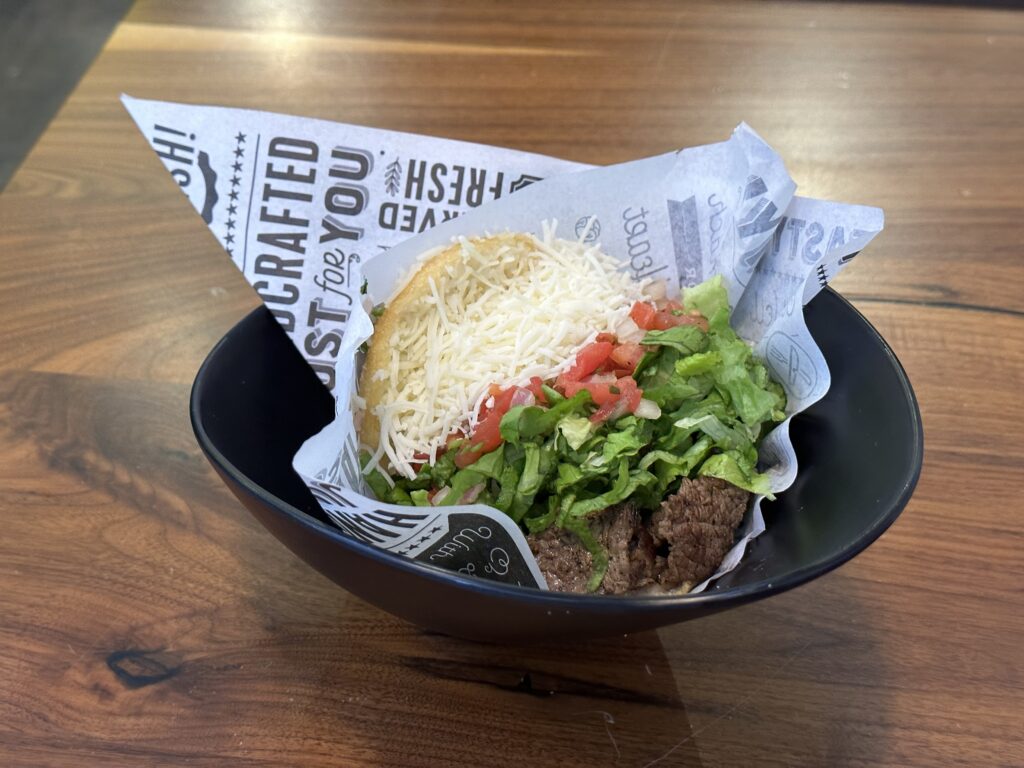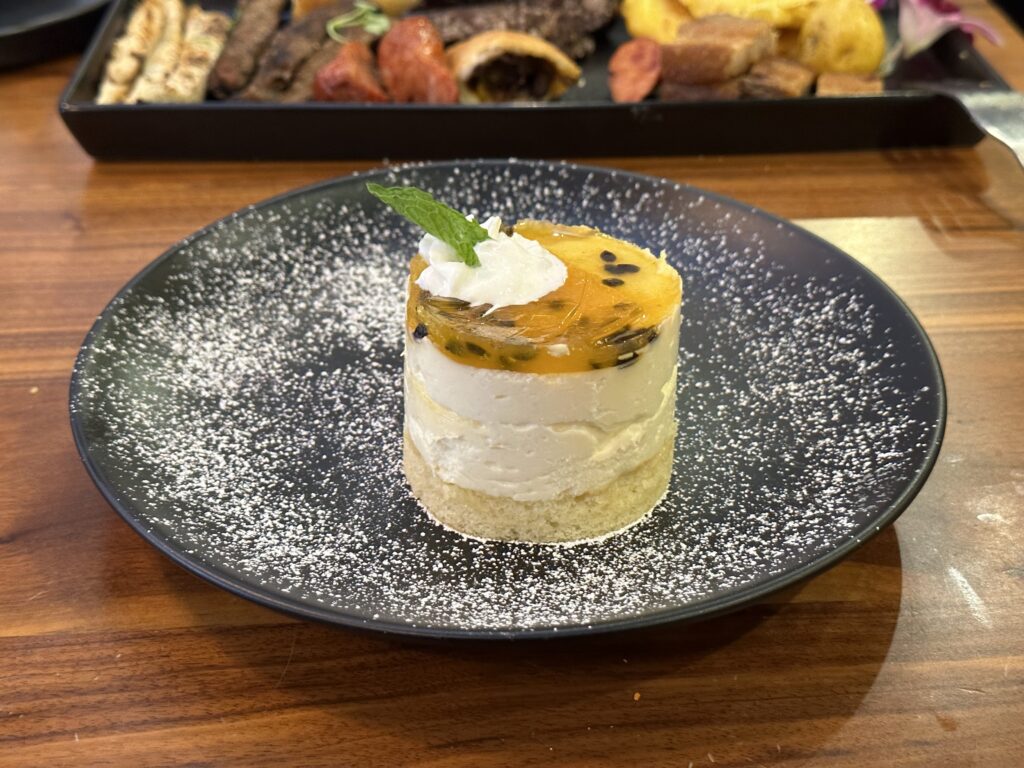Joanna Torres is on a mission to popularize Venezuelan food with her Willow Glen restaurant, Arepas. And if her recent catering job of serving 1,400 arepa sandwiches for Intuit is any indication, she is succeeding.
Founded less than two years ago, Arepas in San Jose has a loyal customer base that stretches to Modesto. The restaurant has become the darling of corporations as diverse as Google and Alaska Airlines, and Torres recently opened a second location in San Francisco.
“Venezuelan and Colombian people come from far away to get our food,” she told San José Spotlight. “And Americans will say, ‘Oh my God, this is amazing. I’ve never tried anything like that before.’”
Torres, 46, grew up in Venezuela and learned to cook from her grandmother.
“She had been selling arepas in the markets since she was very young,” Torres said. “When I started hiring people here, she would come in and teach them, saying, ‘This is no good. You need to do this. You need to do it like that.’”
Torres came to America 23 years ago as a student, and has since developed several successful businesses, including medical consulting and roofing companies. But her heart was always in her cooking, and the thought of a food truck loomed large in her plans.
When she told her business partner there weren’t any Venezuelan restaurants around, plans started to shift to a brick and mortar location.
Torres balked at first, aware of the high failure rate and concerned over how time-consuming running a restaurant can be. But she relented, and Arepas was born.

Arepas options galore
Arepas are a kind of gluten-free bread made from Venezuelan cornmeal, which Torres imports. Shaped into a cake half as thick as an English muffin, they are grilled or fried until the outside is golden brown. The crust takes on an oily crispness, like a fine ciabatta bread, which seals in the moist and lightly sweet flavor of the corn.
As a sandwich—cut open and stuffed much like pita bread—a variety of familiar fillings provides an excellent entry point into Venezuelan cuisine, with other fillings offering a chance for a deeper dive into some of the culture’s more unique dishes.
The most easily accessible arepas might be those that use the same kind of meats found in tacos, like shredded beef, shredded chicken, carne asada and braised pork. They are topped with lettuce, cheese and pico de gallo and served with the house sauce, a mix of mayonnaise, fresh greens like cilantro and parsley, garlic and sweet peppers.

The ingredients easily overflow the arepa shell, and with such a bounty of ingredients, it could be easily eaten with a fork. As with most of the dishes at Arepas, the meat is seasoned only with salt and pepper, and the sauce is mild, with only a hint of heat.
“When people think of Latin foods, they think of Mexican,” Torres said. “But Venezuelan food is so different. We don’t have tortillas. We don’t use a lot of jalapeños or chilies. We use different kinds of fresh vegetables to give the food a lot of flavor.”
Beyond the familiar, the more traditional Venezuelan regional choices are showstoppers.
Plantains show up on the menu in surprising ways. Tostones, a regional take on the tostada, uses grilled mashed plantain covered in lettuce as a base for shrimp or shredded beef and cheese topping. Patacón maracucho uses slices of twice-fried plantain instead of bread for shredded beef, shredded chicken, grilled steak or braised pork sandwiches.

Plantains also figure in mandocas, a fun appetizer that is a favorite of customer Giselle Peters, who grew up in Venezuela. Cornmeal and pureed plantains are mixed together with cheese, then formed in to rings and deep fried. Reminiscent of a cake doughnut and totally irresistible, they are served with sour cream and shredded cheese.
“I really enjoyed the fact that they had mandocas, which are from Maracaibo,” Peters told San José Spotlight. “It is something you do not see on a lot of menus and is very close to home for me. This is the food I grew up with and what I have eaten my whole life.”
There is also a full line of Argentinian beverages like Maltin Polar, a nonalcoholic malt drink, South American wines and beers, desserts like passionfruit cheesecake and a bar focusing on tequila drinks with regional fruits.

Even with two successful restaurants and a thriving catering business, Torres is not done promoting her homeland.
“I want the community to learn about my culture and my food,” she said. “People have such joy when they are eating the food and are loving it so much. It makes me very happy and I think that will always be my goal.”
Contact Robert Eliason at [email protected].
Editor’s Note: The Biz Beat is a series highlighting local small businesses and restaurants in Silicon Valley. Know a business you’d like to see featured? Let us know at [email protected].



Leave a Reply
You must be logged in to post a comment.